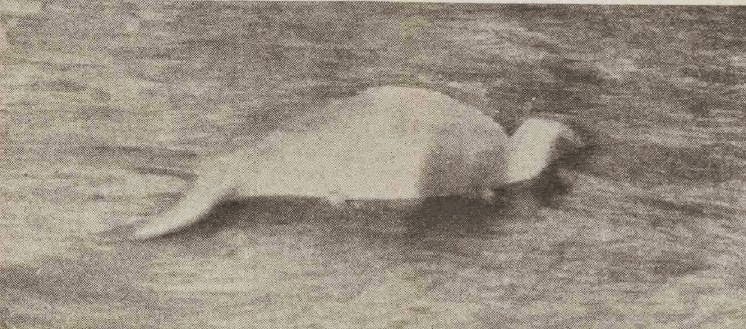
The back cover gives us an introduction to the theme of the book:
Today people deny that any such creature ever existed or was known about before the media circus of the thirties began. But the literature of the time says “No” to this and this book sets out to prove the telling of a centuries old story.
In this new book, the landscape of the ancient and supernatural Highlands is surveyed and its most feared inhabitant of all – The Water Horse – is unveiled as well as the various haunts in which it lay in wait for its victims. The investigation then begins to home in on the “Each Uisge” of Loch Ness and discovers that its reputation preceded it then as it does now in the realm of lake monsters.
New stories of the Kelpie of Loch Ness are found and analysed as well as surprising parallels to how people reacted to the Water Horse then as they do now in disbelief, imagery and both modern and ancient folklore.
Finally, the old Highlanders’ belief in the supernatural origin of this beast is explore and that thread of belief is traced right through to the modern age with those who continue to think that there is more to the Loch Ness Water Horse than just flesh and blood."
The aim of this book is therefore to focus on the centuries prior to 1933 when the term "Loch Ness Monster" was unknown and the world's press was oblivious to the idea of a large creature in a remote Scottish loch. In that respect, the book has two approaches. The first is to prove there was a tradition of the Water Horse in Loch Ness prior to 1933 and to put it in the context of other such traditions throughout the Highlands.
The second is to recount the development of creature sightings that were seperate to the Water Horse lore yet increasingly ran parallel to them with the implication that these sightings in fact were the seed for the legendary tales (and indeed locals continued to claim to see such water horses). The Loch Ness Water Horse was not a myth but a beast based upon a real creature inhabiting the loch.
The human reaction of the day is also examined as Victorian academics headed north to record these oral traditions for posterity but also brought their skeptical views to bear upon these "benighted" Highland folk. Does this sound familiar to anyone?
Finally, being perceived as a supernatural beast by the natives, we see how that view of the creature has persisted today in contemporary Nessie thinking. There are people today who do not believe Nessie is an animal at all and this has been covered in this blog previously.























